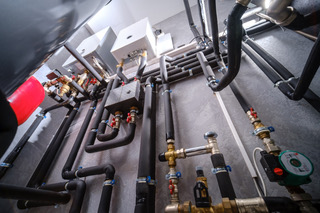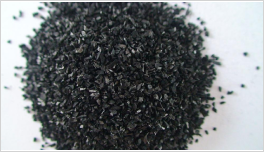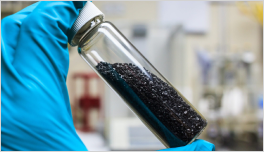Fitting Materials
These components play a crucial role in ensuring efficient water supply, distribution, and treatment. 🌊💧
Pipe Fittings and Their Materials
- Pipe fittings are essential for connecting, diverting, or regulating water flow within plumbing systems. They come in various shapes, sizes, and materials. Let’s dive into some common types and their advantages.
PVC (Polyvinyl Chloride) Fittings
Material: PVC is lightweight, affordable, and resistant to corrosion and chemical degradation.
Applications
Widely used in plumbing systems, irrigation, and drainage. Suitable for both above-ground and underground applications.
Advantages
- Cost-effective.
- Easy to install.
- Low maintenance.
- Resistant to scaling and rust.
Copper Fittings
Material: Copper is durable, antimicrobial, and corrosion-resistant.
Applications
Commonly used for water supply lines. Ideal for potable water systems.
Advantages
- Excellent heat conductivity.
- Long lifespan.
- Resists biofilm growth.
PEX (Cross-linked Polyethylene) Fittings
Material: PEX is flexible, freeze-resistant, and corrosion-resistant.
Applications
Used for both hot and cold water supply lines. Common in residential plumbing.
Advantages
- Easy installation (requires fewer connections).
- Resistant to scale buildup.
- Suitable for retrofitting existing systems.
Brass Fittings
Material: Brass is durable, corrosion-resistant, and suitable for high-pressure applications.
Applications
Used in water supply lines, valves, and faucets. Commonly found in industrial settings.
Advantages
- Sturdy and reliable.
- Resistant to rust and mineral deposits.
Remember, choosing the right material for pipe fittings ensures safety, efficiency, and cost-effectiveness in your water system! 🚰 If you want to explore more or chat about anything else, feel free to ask! 😊👍





